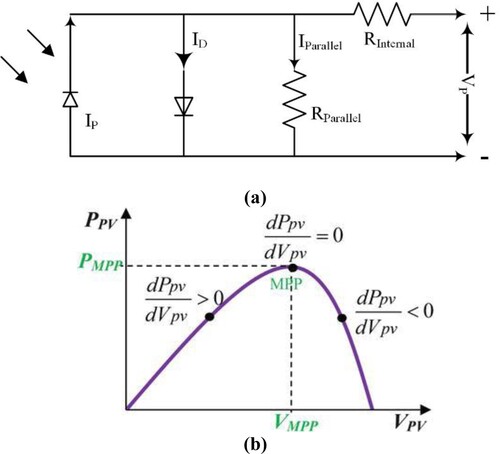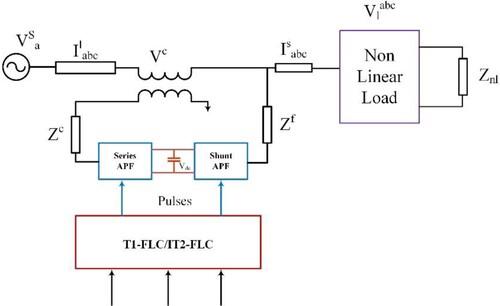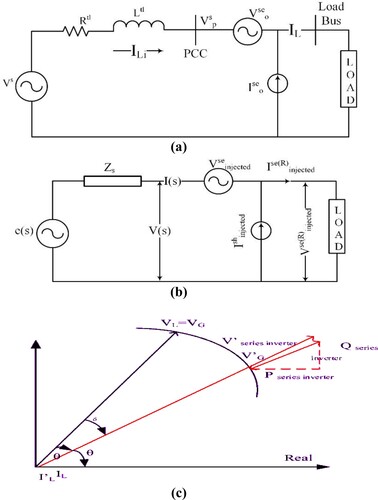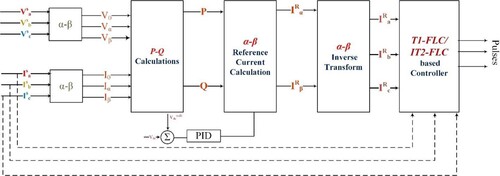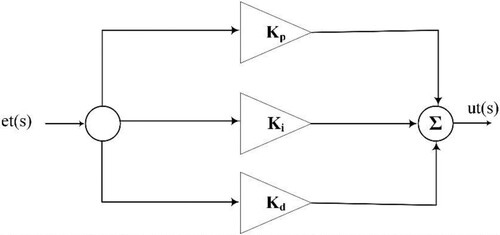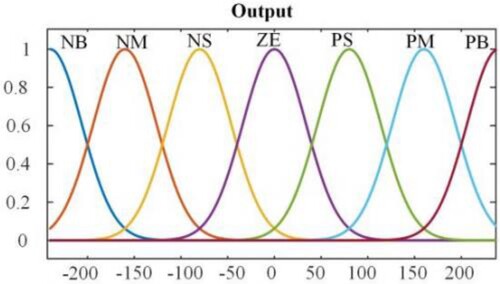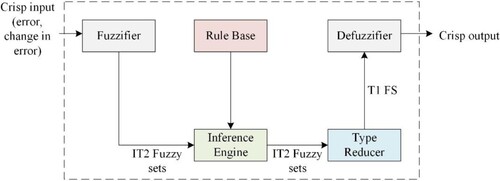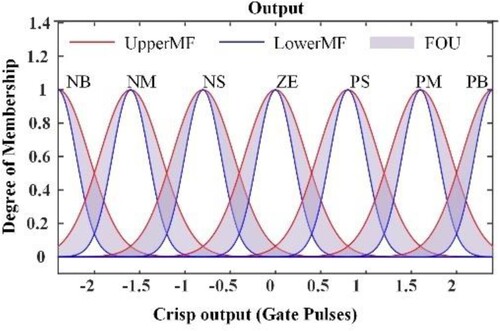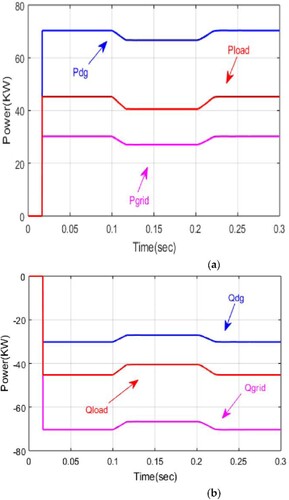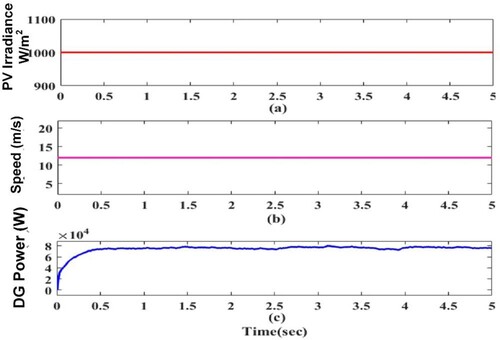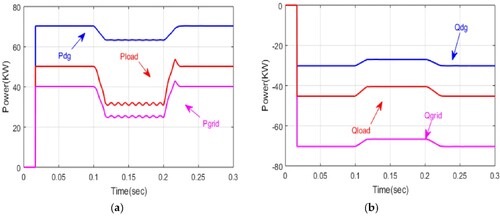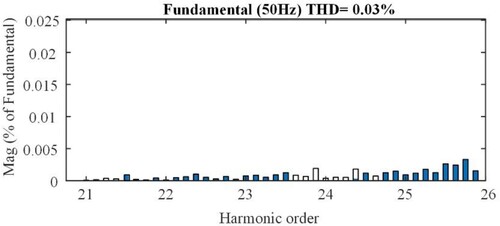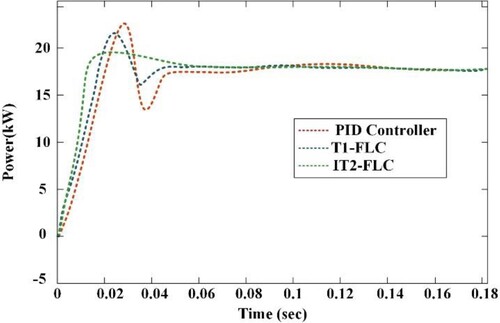Figures & data
Table 1. Summary of mode 1 and mode 2 process simulated results.
Figure 17. Point of common coupling voltage Vs, Grid current Is, Load current IL, Inverter Terminal current Ic.
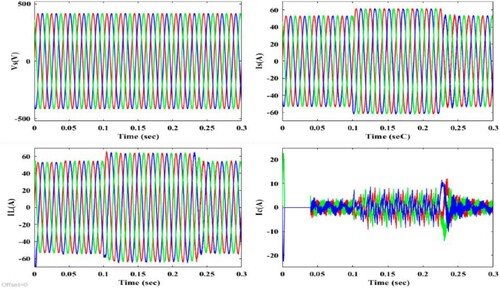
Figure 18. Point of common coupling voltage Vs, Grid current Is, Load current IL, Inverter Terminal current Ic.

Figure 19. Investigation of Voltage sag situations (a) Grid Voltage (b) Load Voltage (c) Injected Voltage.
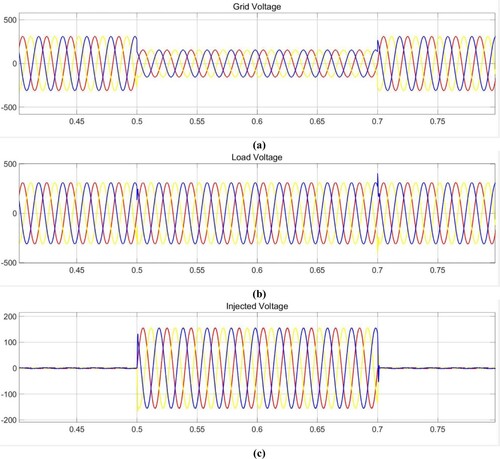
Figure 20. Investigation of Voltage swell situations (a) Grid Voltage (b) Load Voltage (c) Injected Voltage.
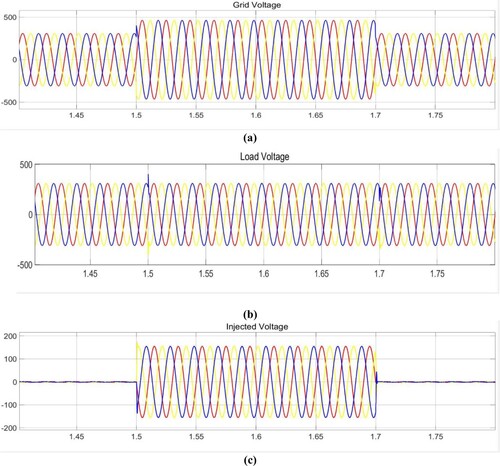
Figure 23. Suggested Reactive Power (Q) comparison between several existing optimization techniques.
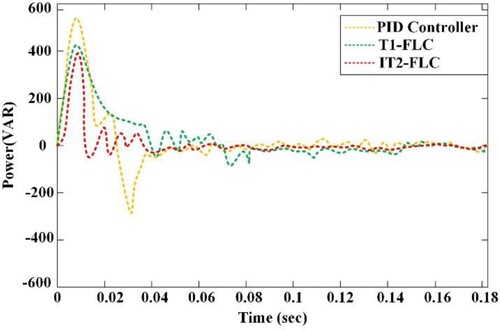
Table 2. Harmonic order comparison between before and After UPQC compensation.
Table A1. Rule base for the proposed Membership Functions.
Table A2. Specifications of Solar, Wind, and Battery.


